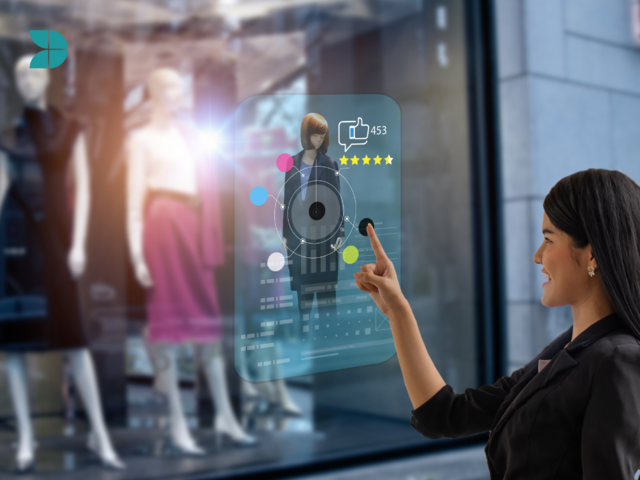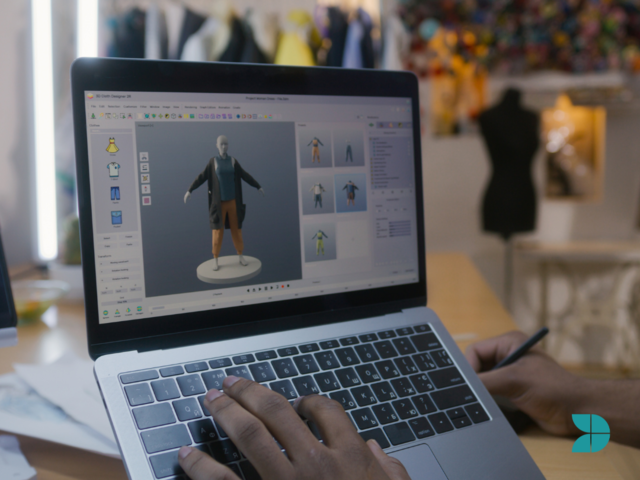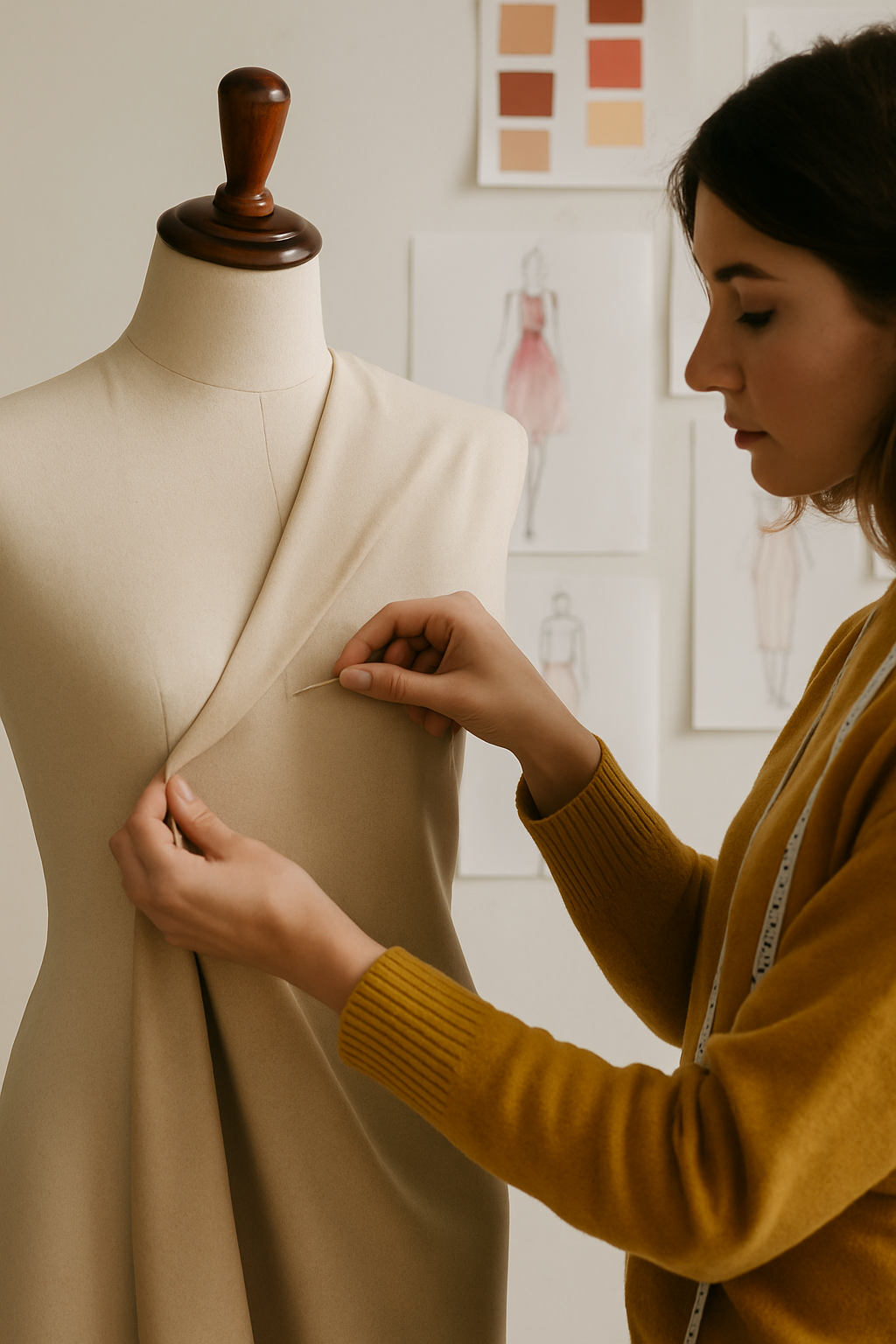Fashion as an industry, moves almost as fast as technology so it’s no surprise that the emergence of AI would find its way to catwalks and designers. While the human touch of design will always be central to the bold creativity of fashion, there are enormous benefits to be gained from the use of AI within the industry. Let’s take a look at the reasons designers need not see AI as a threat and how it can in fact be used to great advantage.

Artificial Intelligence's Rise in Fashion
The most common benefit of AI across many industries is the speed and sophistication at which it can analyse gargantuan quantities of data in a very short space of time. From this level of analysis, accurate predictions can be made and great ideas are born! Fashion houses and designers can now free up their creative time to focus on the artistic freedom of creating new styles. From a business point of view, algorithms can predict trends, see patterns and inform decision makers on the wants and needs of the general public. Designers are using AI to expedite the design process so they can understand both historical and contemporary fashion data and therefore produce the clothing people want, quickly and efficiently. They can also utilise sophisticated algorithms and machine learning concepts to help in the creation of new trends. They do this by gathering and analysing data from social media, influencers, and customer trends. All of this information may be available online but AI can distil it in mere seconds.
It is this dataset that is examined and from the findings, trends, patterns and styles can emerge. AI fashion designers can also utilise image recognition technology to study and understand visual components of clothing. This sort of analysis can help a designer understand what makes certain aesthetics more popular than others thus giving a designer an insight into more focussed avenues of design. This may lead to a certain amount of reproduction of already existing designs, but it also offers other designers a fresh perspective on the elements of design trends that seem to capture the attention and imagination of the consumer. But this doesn’t mean that clothing will be mass reproduced ad-nauseam. All of this data can serve to inspire and inform designers to create designs based on the new information and fresh insights. It can be viewed as a collaboration between AI and the designer where the human will inform the machine as much as the machine informs the human. Design capabilities can be enhanced through an iterative process where the AI system will learn from the designer as the design process evolves over time.

Fashion's AI Revolution: Bridging Technology and Creativity
In short - AI will save valuable time and resources so that designers can refocus their attention on the clothing. Data gathering and analysis is complete in seconds and from this, trends can be predicted. It also allows designers to examine individual preferences and customise accordingly. While this level of data analysis is a marketers dream, there is also the enormous benefit of creating a more sustainable and ethical industry. Streamlining the design process can cut waste therefore encouraging more sustainable practices. This is achieved by utilising data about consumer needs and tastes which, when accurately delivered will reduce waste and increase profitability.
But there are of course challenges and limitations with AI and fashion design. A fashion house that depends solely on AI risks losing the nuanced, personal impact that fashion can have on people. People connect to clothing in ways that can only be understood on an emotional level. There is also a very real risk of data bias and subsequent prejudices and preconceptions. AI systems largely rely on data for training and design generation. If the training data is prejudiced or lacking in diversity, the results will be subjective. Another risky terrain for AI and fashion is intellectual property and the legal issues that determine ownership rights of designs. Governed by data and informed by all that already exists, it is possible that AI will produce designs based on popularity and profitability which runs the risk of recreating pre-existing clothing.

The AI-Enhanced Wardrobe: Shaping the Future of Fashion
AI has arrived and as it inevitably becomes more sophisticated, its presence will be felt in all facets of life and in industry. But this is not necessarily something that needs to alarm people. AI is the greatest technological event in history and we are yet to discover how far it can push the boundaries of creativity and innovation. Its use in the arts will depend largely on human acceptance and in the most fundamental and important ways, it will never replace the human soul. Fashion design, like any area of creativity, is a uniquely human practice and even with the arrival of the enormous clout of AI, it will still depend on the feeling of a garment, the tactile and emotional connection to fabric and colour. Fashion will always be deeply entrenched in the human condition and the bottomless well of human experience. It will never replace nostalgia or the rebellious spirit and cannot take the place of intuition and innate talent. After all, there is no algorithm for love.
Embrace the art and technology of fashion design with our Academy. Our courses seamlessly blend tradition with innovation, nurturing your creative flair while equipping you with cutting-edge skills.
Check our courses, and sculpt your path in the ever-evolving world of fashion. Your masterpiece awaits!

